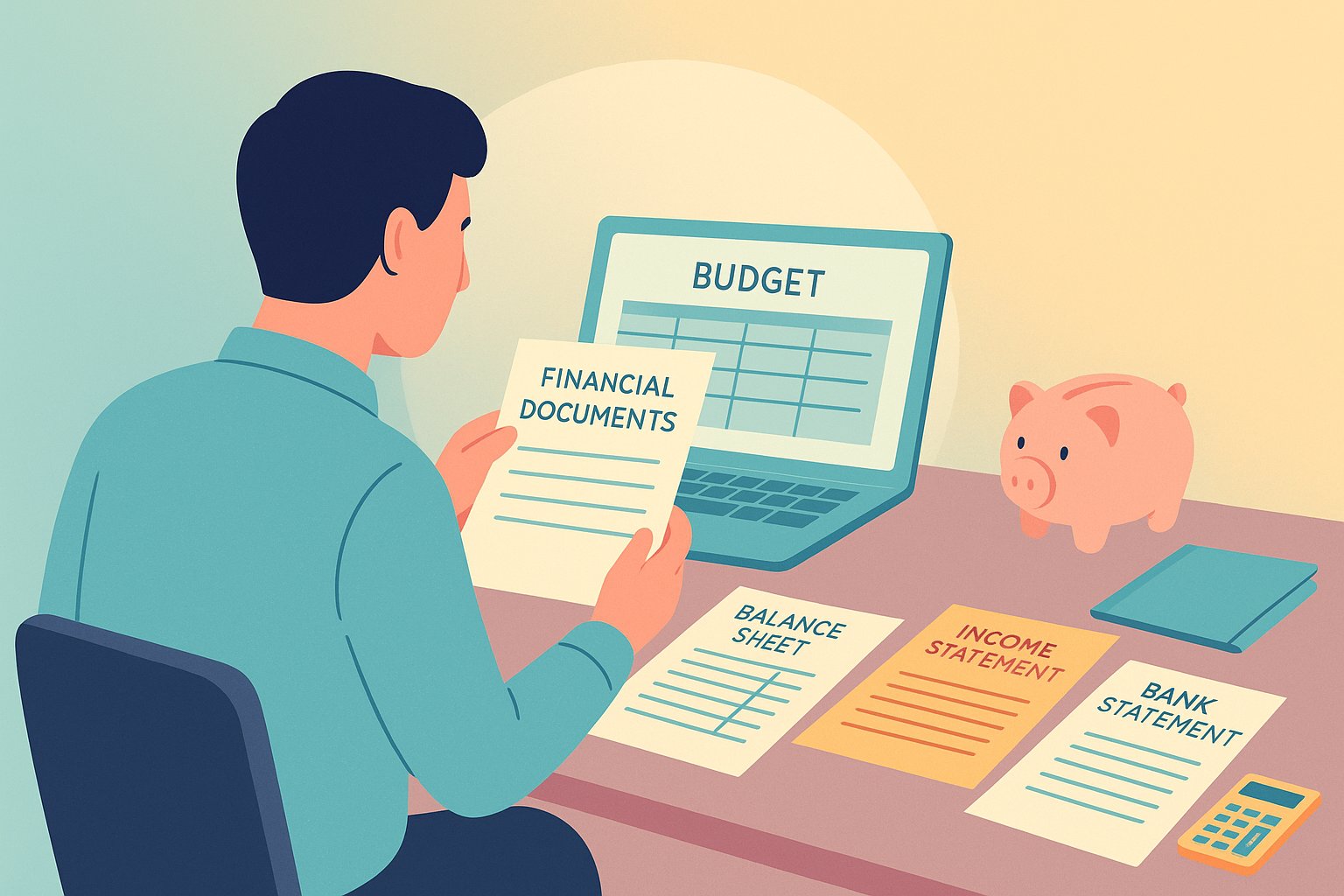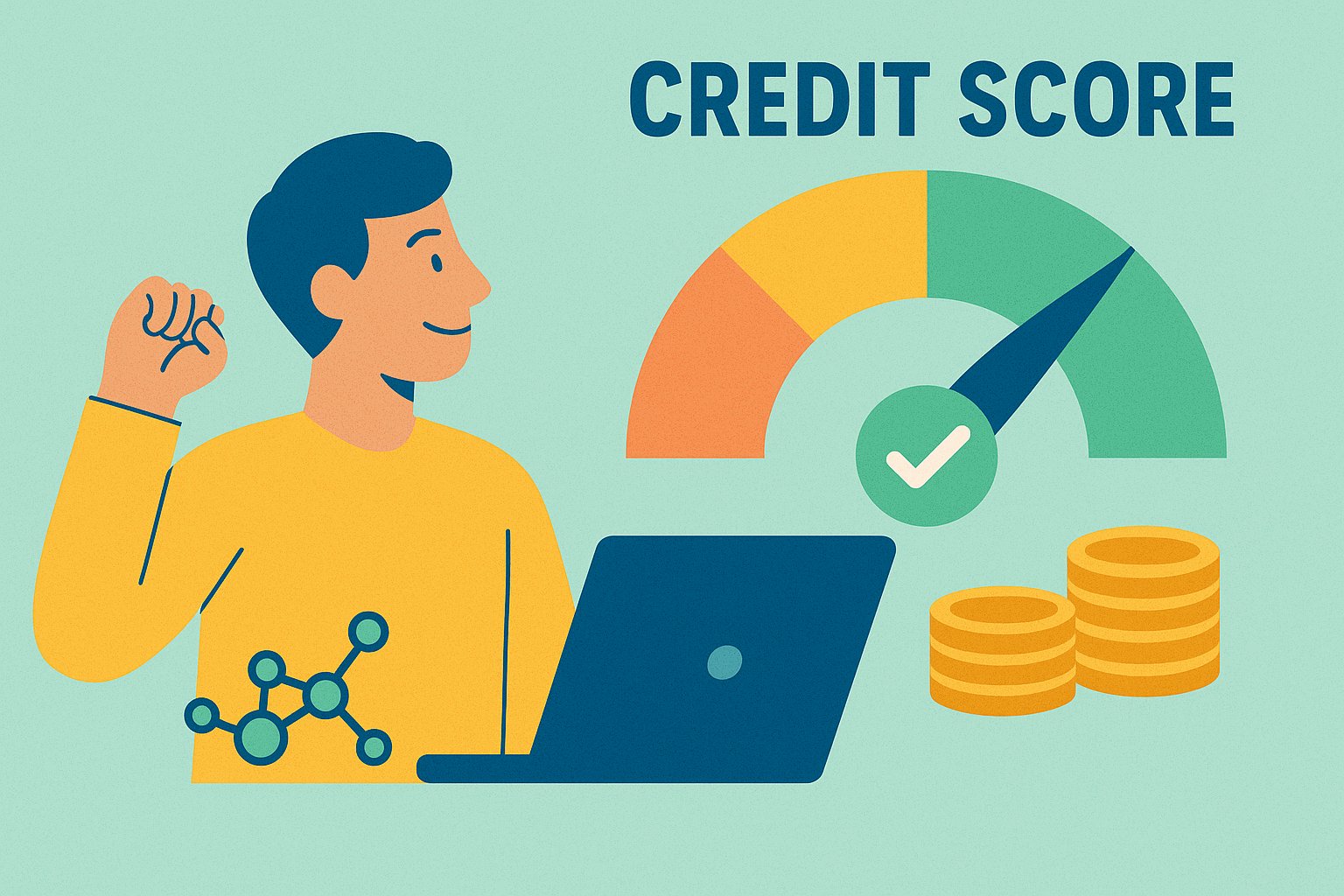Readying Your Financial Canvas
Before stepping into the dynamic world of debt crowdfunding, envision your financial situation as a blank canvas awaiting a masterful stroke. Lenders and investors on platforms like LendingClub, Prosper, and Funding Circle will scrutinize not only your borrowing objective but also the health of your financial foundation. It pays to approach this landscape with clarity, confidence, and a meticulously organized set of financial documents. With the right preparation, you’re more likely to secure favorable interest rates, attract the right backers, and achieve a successful funding round. In this opening exploration, we’ll guide you through the critical steps to sculpt a robust financial profile that stands out in a crowded debt crowdfunding marketplace.
First, acknowledge that debt crowdfunding hinges on trust and transparency. Prospective lenders evaluate your creditworthiness, existing debt obligations, and cash flow stability. As such, you must be ready to showcase a tidy credit report, a sensible debt-to-income ratio, and a realistic budget. While this may feel daunting at first glance, systematic effort in organizing your financial documents, addressing potential red flags, and presenting a convincing narrative can dramatically improve your chances. In the subsequent sections, we’ll dive into individual areas—credit, budgeting, debt reduction, and documentation—to ensure you move forward with purpose and precision.
Elevating Your Credit Credentials
Your credit score acts as the gateway to debt-based crowdfunding opportunities. Platforms commonly share borrower risk metrics with potential lenders, meaning a favorable credit history can translate to lower interest rates and quicker funding. Begin by pulling your most recent credit reports from the major bureaus to identify any inaccuracies, outdated accounts, or unexpected derogatory marks. Dispute errors promptly, offering documentation to substantiate your claims. Even minor corrections can yield a significant boost to your score, enhancing your overall appeal to lenders.
Next, focus on managing credit utilization. Ideally, you should aim to keep your credit card balances below 30 percent of each card’s limit. By chipping away at revolving debts and avoiding large, last-minute charges, you’ll demonstrate responsible borrowing behavior. It’s also wise to maintain a stable mix of credit—perhaps one credit card, one installment loan, or a line of credit—rather than opening multiple new accounts in quick succession. Consistency in on-time payments and responsible account management will gradually elevate your credit credentials, establishing a compelling track record that resonates with debt crowdfunding investors.
Budget Mastery: Aligning Income and Expenses
A comprehensive budget serves as the blueprint for demonstrating your ability to repay borrowed funds. Start by cataloging every income stream—salary, freelance earnings, rental income, or side gigs—then juxtapose these against recurring expenses. Rather than deploying spreadsheets littered with jargon, opt for a clear, narrative-driven presentation that guides lenders through your typical monthly cash flow. Outline essential costs such as housing, utilities, insurance, and minimum debt payments, and contrast these with discretionary spending on dining, entertainment, or subscriptions.
Strive for simplicity in your budgeting narrative. If your expenses exceed 80 percent of your income, lenders may question your capacity to absorb new debt. Look for opportunities to trim nonessential spending: perhaps renegotiate a cable package, switch to a more affordable cell phone plan, or temporarily pause unused streaming services. If possible, bolster your emergency savings to cover two to three months’ worth of living costs. Demonstrating both disciplined budgeting and an emergency reserve can reassure lenders that unexpected setbacks won’t derail your repayment plan. Ultimately, a well-crafted budget conveys financial responsibility and empowers you to negotiate competitive terms in a debt crowdfunding campaign.
Taming Existing Debts and Liabilities
Before you submit an application to a debt crowdfunding platform, it’s crucial to address any existing obligations that might undermine your financial picture. Begin by listing all current loans—student loans, auto loans, personal loans, credit cards, or medical bills. For each, pinpoint the interest rate, minimum monthly payment, and remaining principal balance. If you find high-interest credit card debt weighing down your overall debt-to-income ratio, consider a balance transfer or a short-term personal loan to consolidate balances into a single, lower-rate installment. This strategy not only streamlines payments but may also lower your monthly obligations, strengthening your case to prospective debt crowdfunding backers.
In parallel, examine your repayment history. Lenders will view any late payments, defaults, or collections accounts as red flags. If you discover past due balances that have since been resolved, secure letters of satisfaction or confirmation of paid status from creditors. Where possible, negotiate with creditors to remove removed or outdated negative items from your credit report in exchange for a fair settlement, although success in such negotiations isn’t guaranteed. By demonstrating that you actively managed past delinquencies and took steps to restore a positive standing, you underscore your commitment to timely repayment—an attribute that resonates strongly in debt crowdfunding circles.
Crafting a Persuasive Financial Narrative
A well-organized set of numbers may open doors, but a compelling story will keep lenders engaged. Picture your fundraising campaign as more than a request for capital; it’s an invitation to join your journey. Begin by articulating the purpose of your loan—perhaps to expand a small business, refinance high-interest debt, or invest in inventory for a seasonal project. Clearly outline projected revenue streams, growth milestones, or personal development plans that result from the borrowed funds. Concrete goals and realistic timelines can transform abstract numbers into a vivid vision, making it easier for lenders to see where their money is going and how it will come back to them, often with a modest return.
In your narrative, weave in elements that highlight your financial discipline: mention any savings cushions you’ve maintained, side incomes you’ve nurtured, or cost-saving measures you’ve implemented. Emphasize how responsible cash flow management and a commitment to repayment underpin your funding strategy. If you’ve undertaken relevant certifications, such as financial management courses or credit counseling, point out how this enhanced your financial acumen. A transparent and authentic story helps lenders connect beyond a credit score, tapping into their desire to support borrowers who exhibit both passion and prudence. This alignment of purpose and preparedness can distinguish you from the competition, inspiring lenders to back your debt crowdfunding endeavor.
The Road to a Smooth Crowdfunding Submission
With your credit bolstered, budget refined, debts under control, and narrative refined, you’re now primed for a successful debt crowdfunding application. Start by comparing platforms, as terms, fees, and eligibility criteria can vary widely. Look for platforms with a history of funding borrowers in your income bracket or industry, and assess average interest rates for similar loan amounts. Factor in origination fees, platform fees, and any prepayment penalties that might impact the total cost of borrowing. Once you’ve identified the ideal match, meticulously prepare your documentation: two to three months of bank statements, proof of income, tax returns, and any legal or licensing paperwork relevant to your project.
As you complete the online application, use clear, concise language aligned with your financial narrative. Avoid jargon that may alienate readers unfamiliar with your industry; instead, emphasize how the funds will be allocated, the timeline for repayment, and any risk mitigations in place. Provide realistic projections—under promise and overdeliver—so that lenders view your plan as achievable. Before hitting “submit,” double-check every document, ensure your contact information is up to date, and preview your application from a lender’s perspective. A polished, error-free submission not only signals professionalism but also instills confidence, increasing the likelihood of meeting or surpassing your funding goal.
Looking Ahead: Sustaining Financial Health
Securing funding through debt crowdfunding marks a significant milestone, but the journey doesn’t end once you receive the capital. In fact, maintaining momentum post-approval ensures that you fulfill your repayment obligations and preserve a strong financial reputation for future endeavors. Immediately set up automatic payments to avoid late fees and missed deadlines. Update your detailed budget to incorporate new loan payments, keeping a close eye on any shifts in expenses or income that could strain your cash flow. If your crowdfunding campaign was tied to a business venture, begin executing your growth plan immediately to generate the revenue needed for repayment.
Regularly communicate progress with your lenders and the crowdfunding community. Even brief monthly updates—highlighting milestones met, challenges overcome, and healthy cash-flow metrics—reinforce your reliability. Such transparency can lead to faster funding in future rounds, should you decide to return to debt crowdfunding, and may even open doors to direct referrals or off-platform investors. Finally, continue refining your financial practices: maintain healthy savings, avoid accumulating unnecessary new debt, and periodically reassess your credit profile. By embracing a mindset of continuous improvement, you’ll not only honor your current crowdfunding commitments but also set the stage for sustainable financial growth long after your initial campaign.




